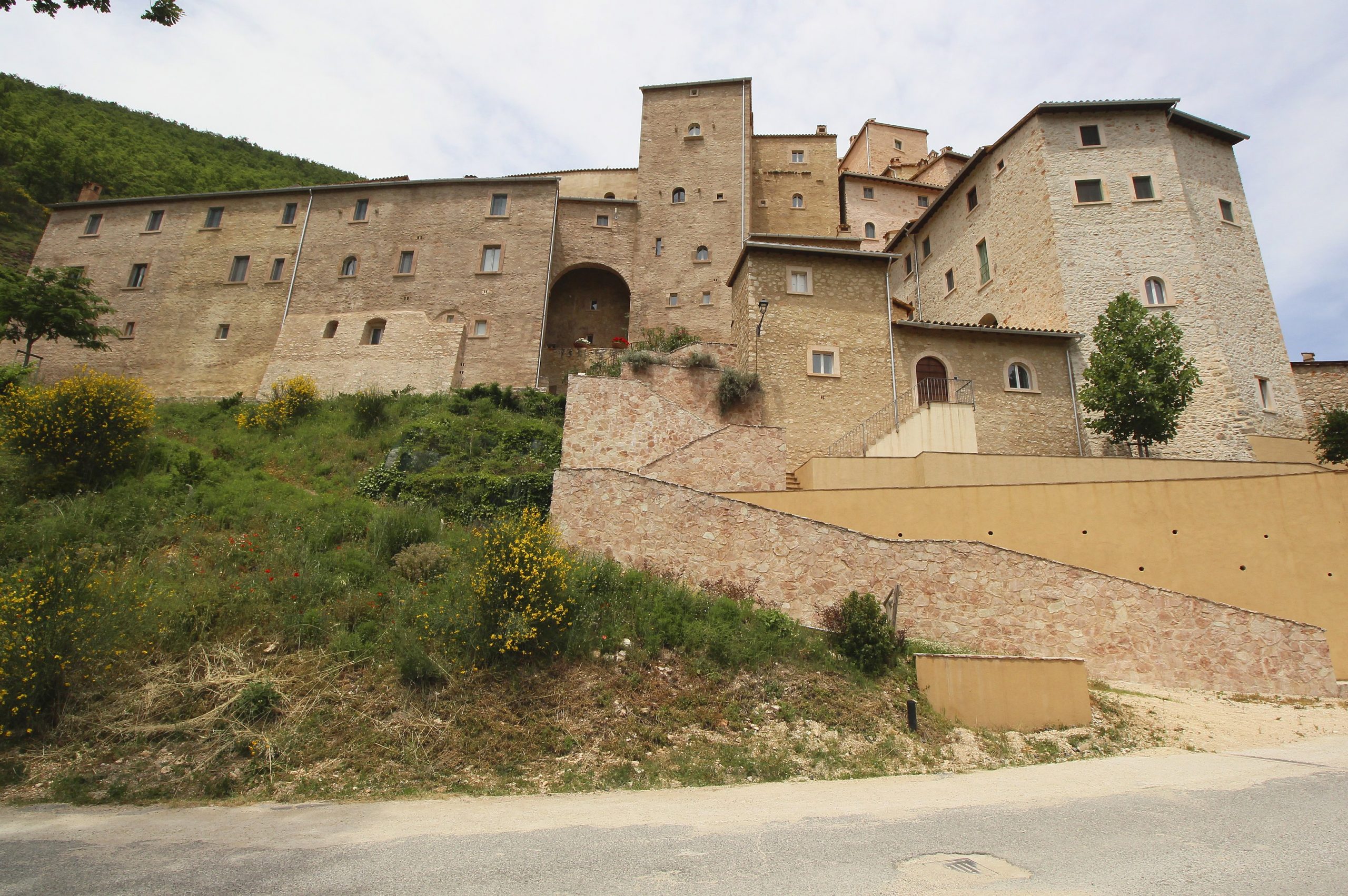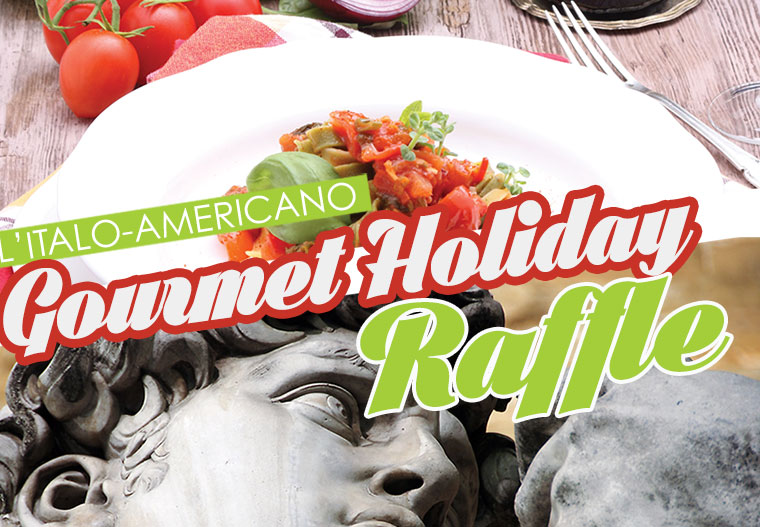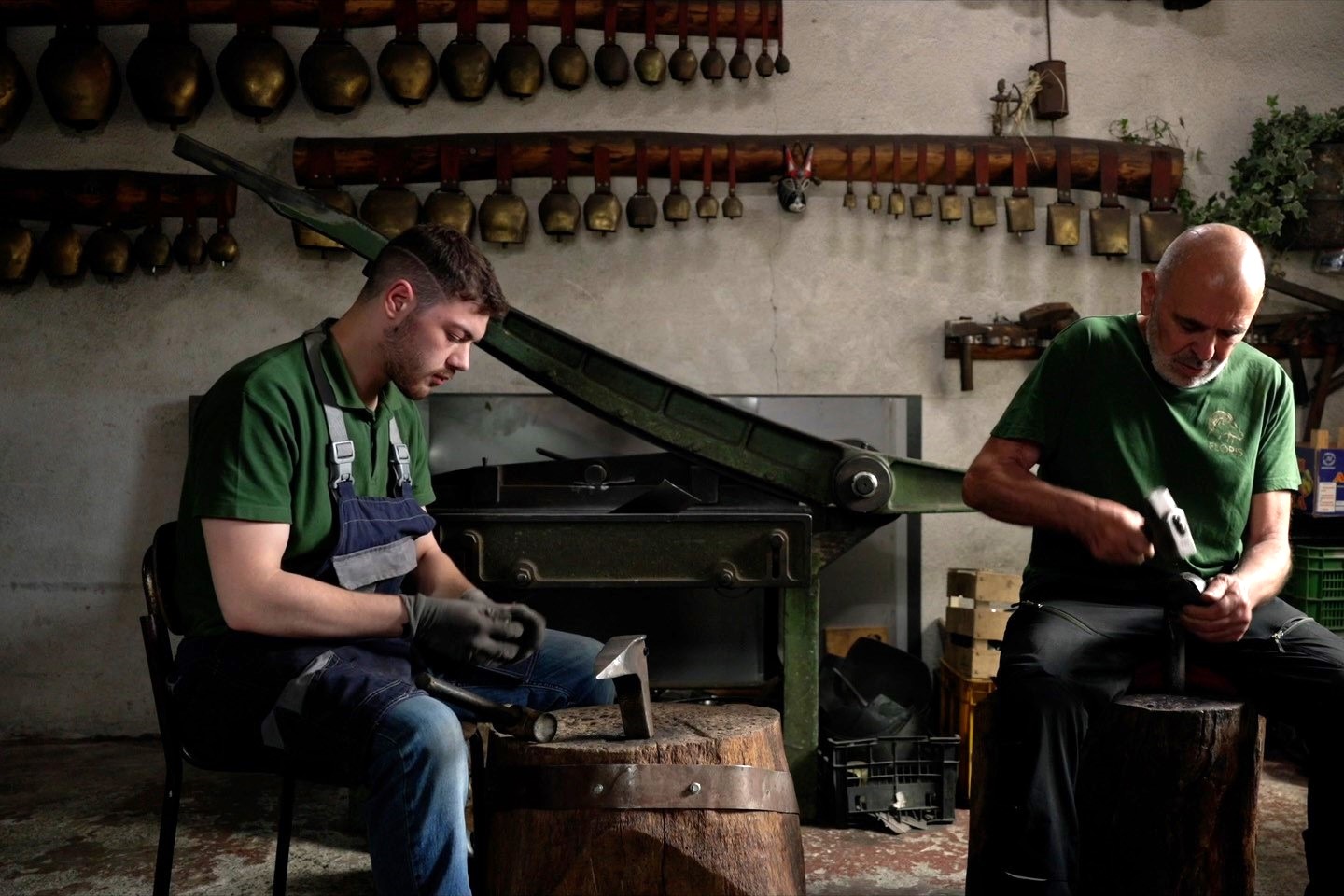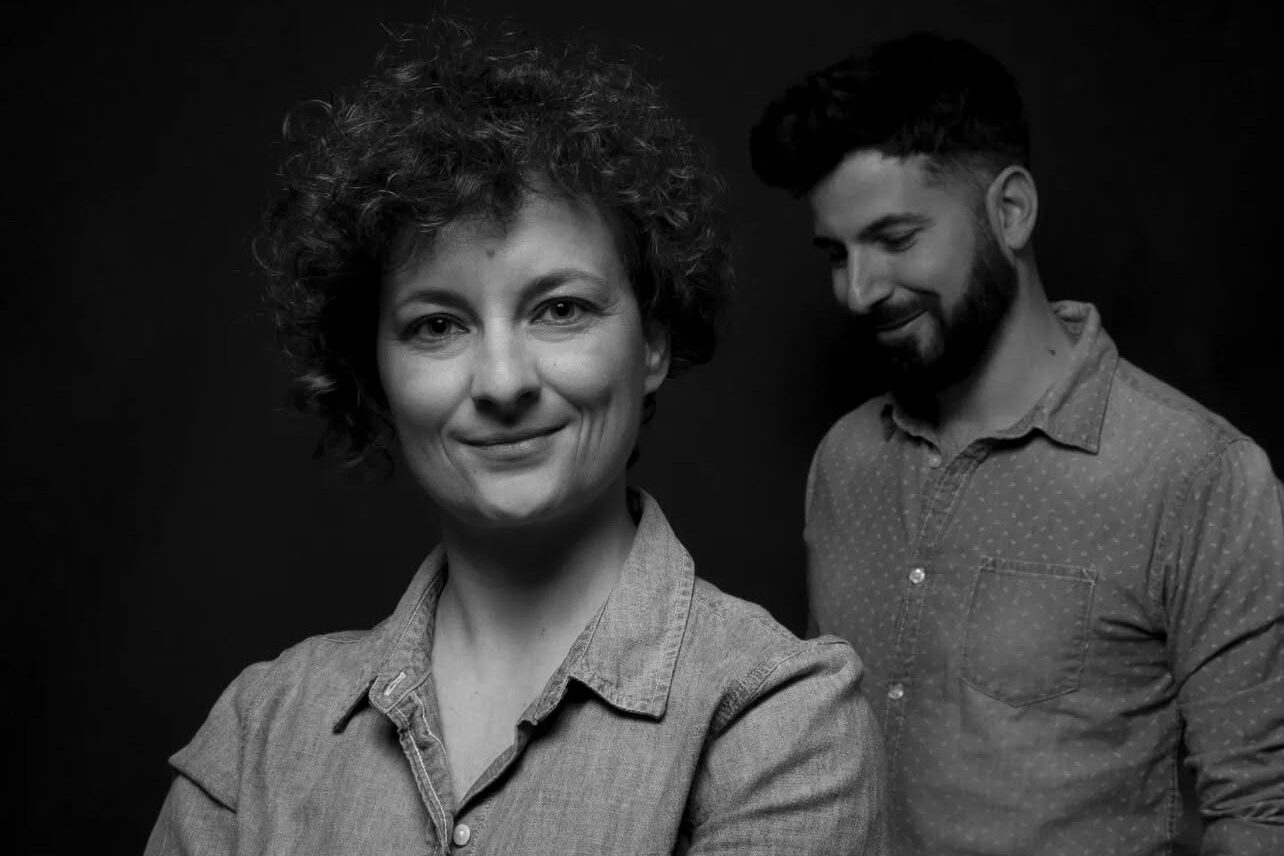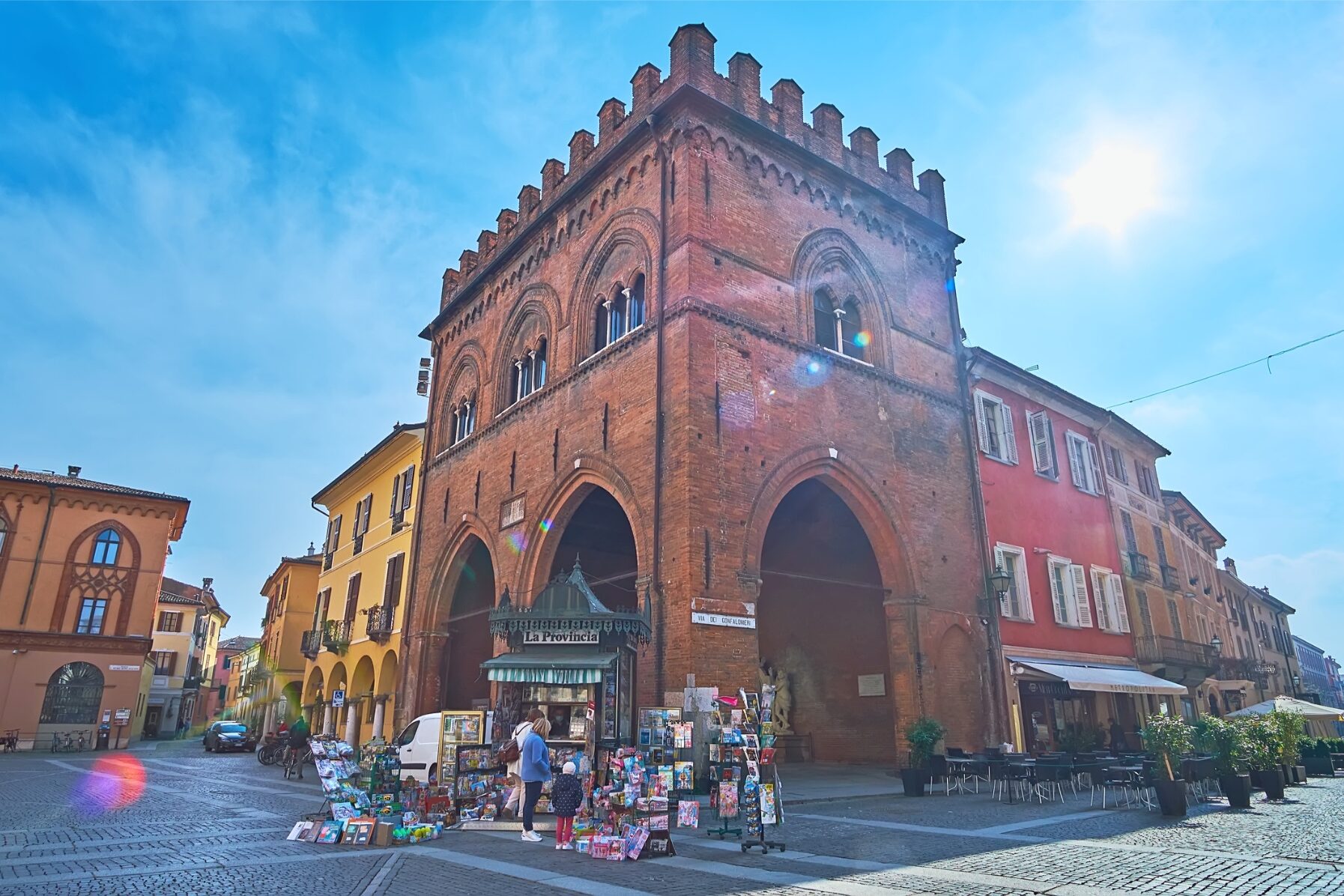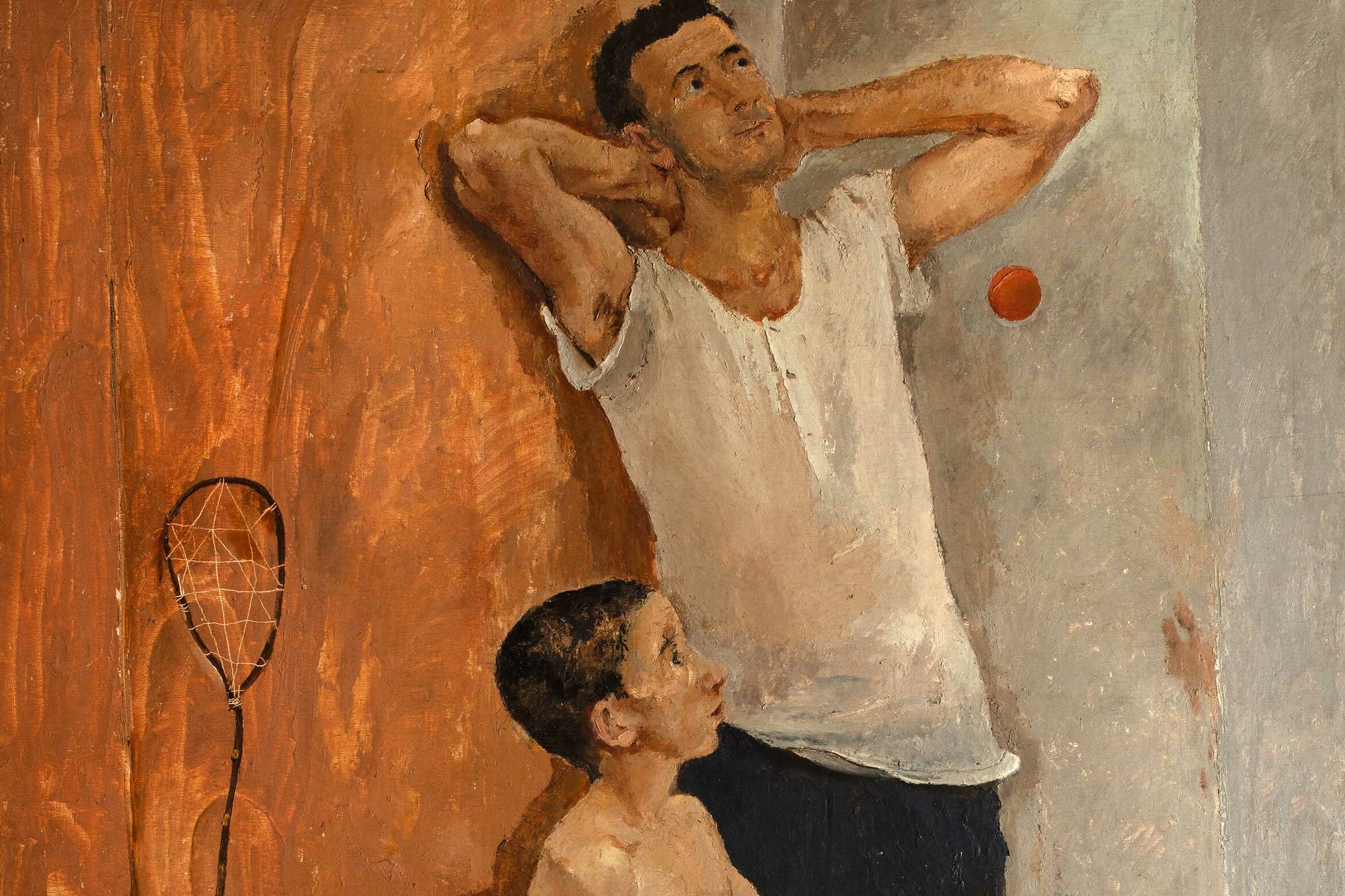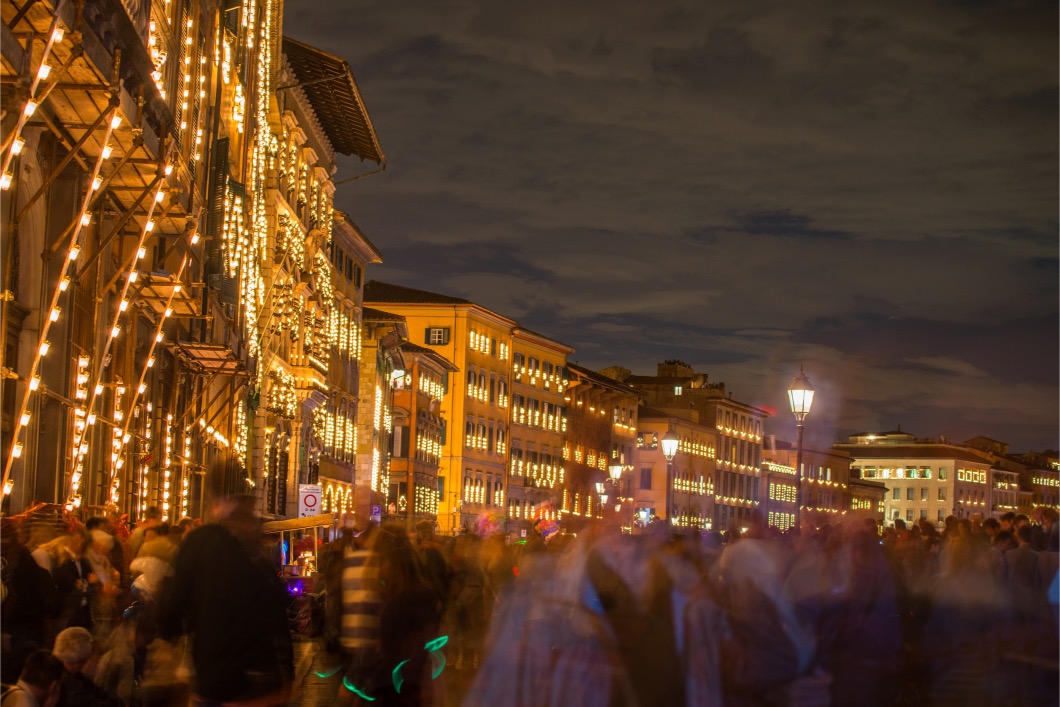Some have considered it the result of an extraordinary work. Others have called it “the rebirth of a little gem”. Nevertheless, what happened to Postignano, a medieval village in the Umbria region, is the example of how love for beauty and great commitment are the perfect mix to make things happen.
Postignano is located twenty miles away from Assisi, on a wooded hill that gives visitors a breathtaking view of the land all around. The village is hidden in the National Park of Sibylline Mountains where people can enjoy different activities like rafting, trekking and mountain bike, but it is also one of the best places for culinary trips during which to taste pecorino cheese, black truffle, and boar meat.
The village’s history dates back to the 1000 AD when mainly farmers and artisans used to live there. Nothing changed until the 20th century, when most people moved somewhere else: the village was abandoned because of the after war emigration and eventually left on its own in 1966 when, because of a landslide, the latest families were gone. As it happened to many other borghi around Italy, Postignano was declared a cultural and historical site in 2002, but it took five more years before action was taken in order to save and preserve the village and its history.
What happened in the last few years is part of an incredible story that helped Postignano live its “second life”, thanks to the passion and the creativity of two Italian architects, Gennaro Matacena and Matteo Scaramella. As told by Mr Scaramella in one of his interviews to explain the idea behind the restoration, everything started in 1992 when his colleague, Mr Matacena, was visiting the village and immediately fell in love with it: “The beauty of this place, considered an archetypical Italian hill town by the American architect Norman Carver, made me think of the uncertain future of many Italian borghi. At the same time, I started feeding the hope of doing something that could have also helped other villages that are now abandoned” he said (artemagazine.it)
That’s why both architects decided to start buying every single house of the village, once they got them all the restoration began. However, luck was not on Postignano’s side and, when an earthquake hit the area in 1997, all the existing buildings got affected and the restoration works stopped for another ten years. Mr Scaramella and Mr Matacena did not give up though and, in 2007, with the help of thirteen experts and the support of national institutions, they were able to restore all the sixty houses that gather around the tower and the church.
The restoration of the houses went beyond the idea of only making them usable again: the project tried to keep the original aspect of the village and, at the same time, to match all the needs of modern living. The heritage was combined with all the comforts such as heating floors, telephone, satellite and fiber optic Internet. What was once a medieval village has turned now into a place where these new inhabitants want a break from urban rhythms and seek relax close to nature and art. This also give them the chance to live a full Italian experience, dining in a small local restaurant, check on the wine and olive oil productions, doing cheese and sausage tasting. What the project brought up is also the possibility to build a new, unique community where not only Italians but also people from all over the world can connect and share their love for beauty, art, culture, history, food and wine.
This idea is also a starting point and a new way to take the Italian borghi to a new, different, interesting splendor. New buyers can create their own style, starting by an existing environment: from furniture and materials, from fireplaces to coffered ceilings and exposed beams, every house represents people’s soul surrounded by a special, unique atmosphere. As stated by Mr Scaramella, “The passion takes place in the authentic restoration of the most beautiful place. There are 22.000 villages in Italy, but it was highly motivating to find out the untouched items in the unique natural environment and then to discover the frescoes of the 14th century in the chapel. ”(soloumbria.com)
Postignano has indeed become a place where people can relive both the rhythms and the atmospheres of central Italy, while they explore the village’s spirit, the surrounding countryside by walking in nature, stopping for a coffee by the fireplace, and enjoying a good glass of wine from Umbria, tasting bread or pizza made locally. For all these reasons, the restoration is today considered more than just an architectural experiment: it turned to be the result of “a dream of bringing to life a jewel of extraordinary beauty.”
